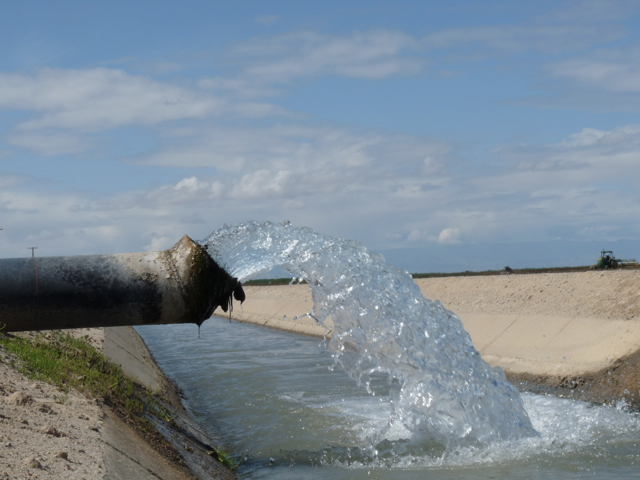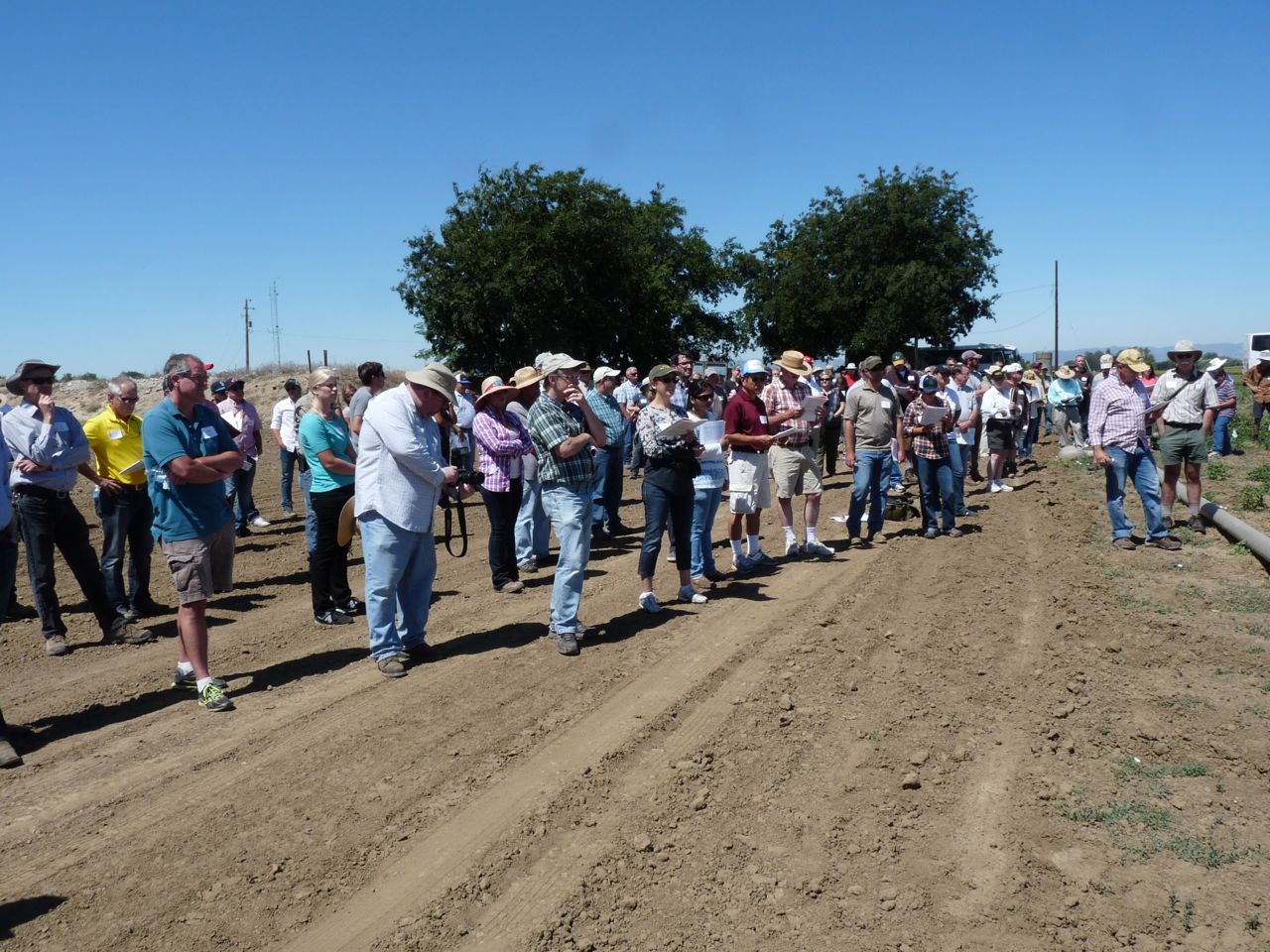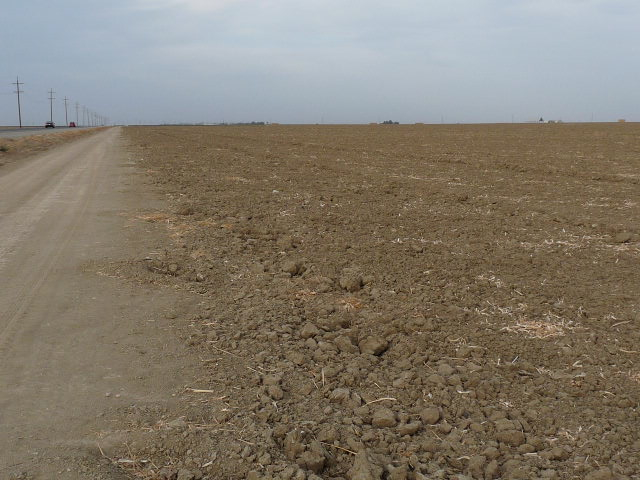Governor Brown Signs Trio of Groundwater Laws
California Water Alliance Voices Concern Over Governor’s Decision to Create New Groundwater Law
The California Water Alliance (CalWA) issued the following statement today (Sept. 16, 2014) in response to Governor Brown‘s decision to sign a new package of groundwater legislation into law. Please attribute this statement to Aubrey Bettencourt, Executive Director for CalWA.
“While we recognize the need to incorporate groundwater management into a comprehensive effort to reform California water policy, we have grave concerns about the legislative package the governor has just signed into law.
“Unfortunately, these measures were hastily drafted and without a true understanding of the global nature of our water crisis. Consequently these new laws, if not modified, will do more harm that good primarily because they completely omit any consideration about how to recharge our groundwater supplies. The following represent our primary concerns with the new laws:
They do not recognize that groundwater management must be handled in concert with surface water management. Limiting pumping will not recharge groundwater supplies; only reliable, annual surface water deliveries will recharge basins throughout the state.
They do not validate the fact that groundwater recharge must be acknowledged as a reasonable use of surface water; which currently it is not. To reach our goal of restoring our aquifers, we cannot punish activities that provide for achieving that goal.
They trample on private property rights of landowners who own the water on their property.
They do not adequately take into account local management efforts that have taken place statewide over the past decades.
They disregard the fact that famers have been tapping groundwater as a matter of survival and in direct response to the state and federal government’s dysfunctional and onerous surface water restrictions.
“We remain concerned that irregular supplies of surface water, and limited groundwater use will continue to severely impact our agricultural economy and its related industries. Our supply of water will dictate crop plantings; reduced water will mean fewer crops, jobs, exports and ultimately our position as the world’s number one exporter of fruits and vegetables.
“Groundwater management is critical but only if conducted responsibly and holistically. This package of new laws do neither and have the potential to further undermine efforts to achieve effective and balanced reforms to California water policy.”


















